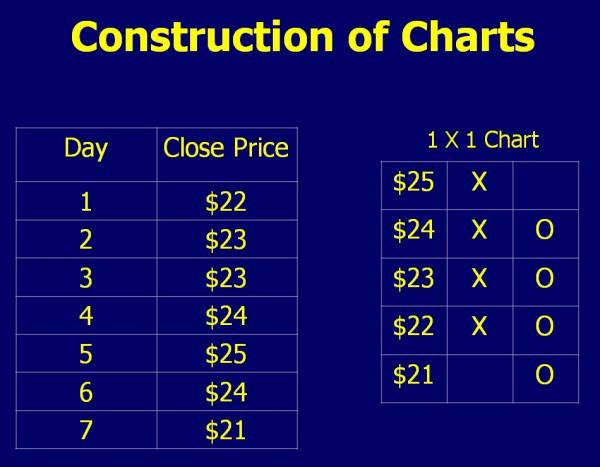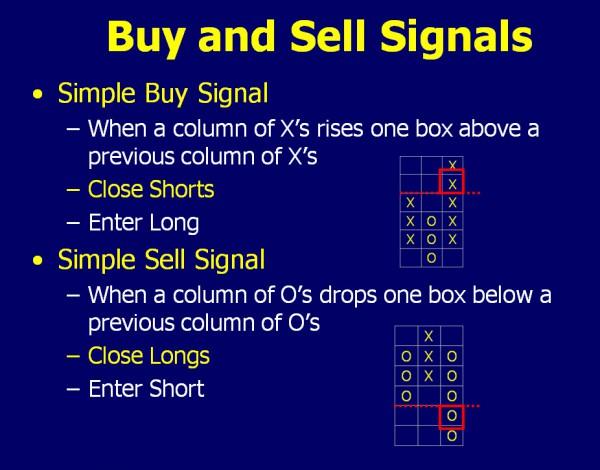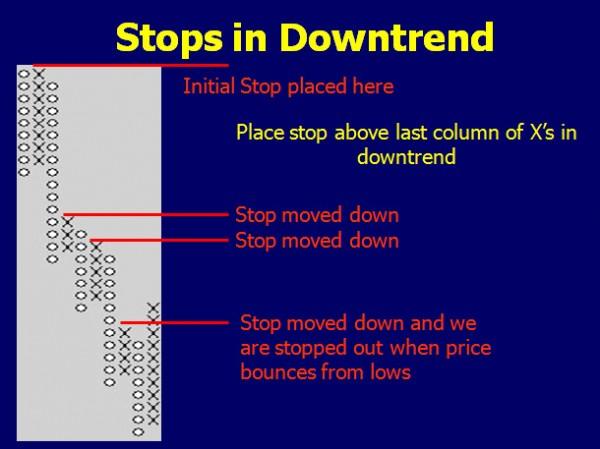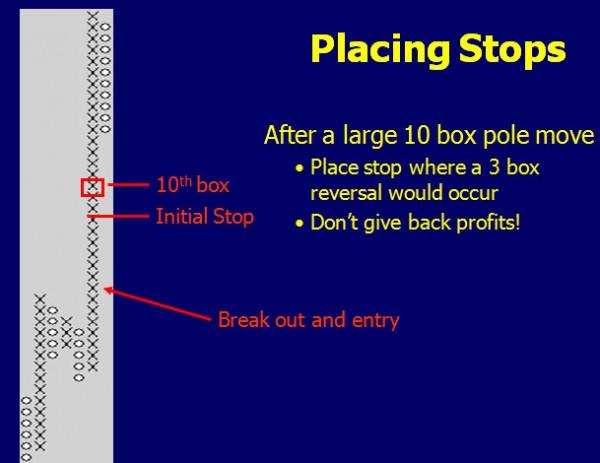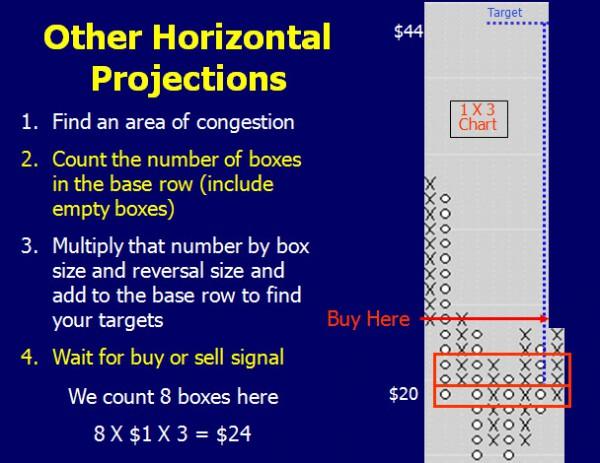In a recent Online Trading Academy Mastermind Community Clubhouse session I was teaching some advanced stock charting techniques. A few of the students asked if I could revisit an old topic I had written about called Point and Figure charting. I had learned this trading chart technique as I was studying for my Chartered Market Technician’s exams and have used it on occasion to identify dominant trends and to keep myself from exiting positions too early.
Long before we had computers to chart price, traders were making a living and doing it by watching price movement. One of the earliest types of stock trading charts was called point and figure charting (P&F). It started from traders who would tick off prices as they watched the trading. Eventually the ticks changed to X’s and O’s to note movement in price and even see trends.
Today, many chartists have switched to candlestick charting to make their decisions to buy or sell. A drawback to this style of charting is that many people are prone to exiting early from profitable trades when they see small pullbacks or corrections. An advantage of point and figure charting is that it allows the trader to see the trend and stay in the trend even through minor corrections. For this advantage we may sacrifice some profits with a larger stop, but with the larger profit potential it may be worth it.
Another interesting feature of point and figure charting is that it does not take time into account when charting. On a candlestick chart, you will have a candle for every period. For instance, on a five minute chart you would have a candle every five minutes whether the price moved or not. In a P&F chart, a new notation is made only when price moves by a certain amount. If there is no trading or if price does not move enough, no notation is made.
To create the trading chart, you will use an “X” to note when prices rise by a certain amount and an “O” when they decline by an amount. You only put either X’s or O’s in a column. If you need O’s due to a reversal in price, you would start a new column. You do not put X’s and O’s in the same column. You must first decide the minimum amount of movement to note. This is referred to as the box size. You can set the box size for anything you would like but remember, the smaller the size the more sensitive the chart will be. This may be good for short term traders but it can cause you to overreact to slight corrections. As a rule of thumb, you should set the box size at about 1% of price. You could use 2% when charting indexes like the S&P 500 and the NASDAQ.
You also need to decide the reversal setting. This will be the multiple of the box size that would create a reversal signal. For instance, if you set the box size at $1, a 1×1 chart would change from a column of X’s to a column of O’s when price reversed by $1. On a 1×3 chart, you would continue to mark X’s for the upward movements until you have price reverse by at least $3 ($1×3). Once that happens, you would start a column of O’s to the right of the previous column.
The larger reversal size will filter out many small corrections that might have otherwise scared traders out of positions.
Buy and sell signals can be as simple or as complex as you would like. You can take a simple buy signal when a column of X’s rises above the previous column of X’s. You could stay long until a sell signal has been generated. The simple sell signal comes when a column of O’s breaks below a previous column of O’s.
When we trade, we should know at least three things about the position before we take it. We need to know our entry, the stop, and the target we hope to achieve. A point and figure chart can offer all of that to us. We can place our stops for longs just under the last column of O’s. As long as there is no reversal that breaks that low, we stay in the trade.
The system would be similar for shorts. We would enter a short on a sell signal and place our stop above the previous column of X’s. We would stay in our short position until we have breached that previous high.
If we happen to be long or short in a large move we may not want to wait for a large reversal to exit. If we were to wait, we may give back too much profit. So, instead of waiting for the typical sell signal, stop yourself out when you have the first three box reversal.
For the target price, we can use a horizontal box count. When prices move, they usually originate from a basing area. We can project the width of this basing to offer probable targets for the trend when we are in. The target does not have a timeframe and can take time to reach. Remember, only price movement matters, not the passage of time.
If we are using a larger reversal size, 1×3, 20×3 or so, we can still use a horizontal projection. In this case, we would multiply the horizontal box count by the box size and the reversal size to determine the projection length.
So, these are the basics of point and figure charting. Next week I will explore more advanced techniques and patterns that you can trade using this style of charting.
Until then, trade safe and trade well.
Neither Freedom Management Partners nor any of its personnel are registered broker-dealers or investment advisers. I will mention that I consider certain securities or positions to be good candidates for the types of strategies we are discussing or illustrating. Because I consider the securities or positions appropriate to the discussion or for illustration purposes does not mean that I am telling you to trade the strategies or securities. Keep in mind that we are not providing you with recommendations or personalized advice about your trading activities. The information we are providing is not tailored to any individual. Any mention of a particular security is not a recommendation to buy, sell, or hold that or any other security or a suggestion that it is suitable for any specific person. Keep in mind that all trading involves a risk of loss, and this will always be the situation, regardless of whether we are discussing strategies that are intended to limit risk. Also, Freedom Management Partners’ personnel are not subject to trading restrictions. I and others at Freedom Management Partners could have a position in a security or initiate a position in a security at any time.
Editors’ Picks

EUR/USD struggles below 1.1750 as 2025 draws to a close
EUR/USD struggles below 1.1750 in the European session on Wednesday, the final day of 2025. The pair is under pressure as the US Dollar edges higher despite Federal Open Market Committee (FOMC) Minutes of the December policy meeting, released on Tuesday, showing that most policymakers stressed the need for further interest rate cuts.

GBP/USD stays weak near 1.3450 amid renewed USD demand
GBP/USD remains under pressure near 1.3450 in European trading on Wednesday. The US Dollar finds fresh demand due to the end-of-the-year position adjustments, weighing on the pair amid the pre-New Year trading lull.

Gold recovers losses above $4,300 amid the year-end grind
Gold price reverses a dip below $4,300 in the European trading hours on Wednesday, recovering intraday losses. The precious metal draws support from the prospect of further US interest rate cuts in 2026. Gold has surged about 65% this year and is set to record its biggest annual gains since 1979.
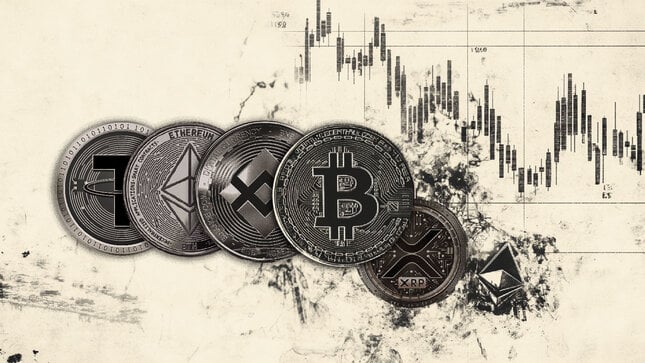
Bitcoin, Ethereum and XRP prepare for a potential New Year rebound
Bitcoin, Ethereum, and Ripple are holding steady on Wednesday after recording minor gains on the previous day. Technically, Bitcoin could extend gains within a triangle pattern while Ethereum and Ripple face critical overhead resistance.
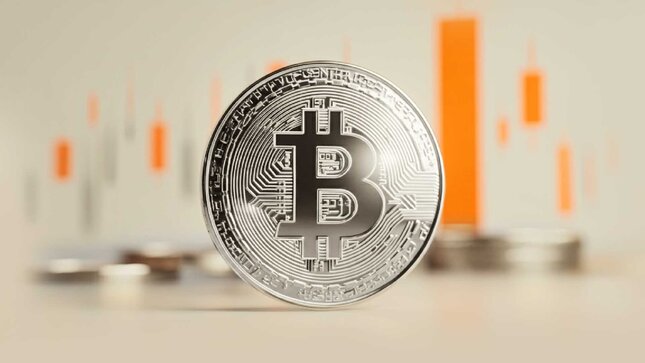
Bitcoin Price Annual Forecast: BTC holds long-term bullish structure heading into 2026
Bitcoin (BTC) is wrapping up 2025 as one of its most eventful years, defined by unprecedented institutional participation, major regulatory developments, and extreme price volatility.
RECOMMENDED LESSONS
Making money in forex is easy if you know how the bankers trade!
I’m often mystified in my educational forex articles why so many traders struggle to make consistent money out of forex trading. The answer has more to do with what they don’t know than what they do know. After working in investment banks for 20 years many of which were as a Chief trader its second knowledge how to extract cash out of the market.
5 Forex News Events You Need To Know
In the fast moving world of currency markets where huge moves can seemingly come from nowhere, it is extremely important for new traders to learn about the various economic indicators and forex news events and releases that shape the markets. Indeed, quickly getting a handle on which data to look out for, what it means, and how to trade it can see new traders quickly become far more profitable and sets up the road to long term success.
Top 10 Chart Patterns Every Trader Should Know
Chart patterns are one of the most effective trading tools for a trader. They are pure price-action, and form on the basis of underlying buying and selling pressure. Chart patterns have a proven track-record, and traders use them to identify continuation or reversal signals, to open positions and identify price targets.
7 Ways to Avoid Forex Scams
The forex industry is recently seeing more and more scams. Here are 7 ways to avoid losing your money in such scams: Forex scams are becoming frequent. Michael Greenberg reports on luxurious expenses, including a submarine bought from the money taken from forex traders. Here’s another report of a forex fraud. So, how can we avoid falling in such forex scams?
What Are the 10 Fatal Mistakes Traders Make
Trading is exciting. Trading is hard. Trading is extremely hard. Some say that it takes more than 10,000 hours to master. Others believe that trading is the way to quick riches. They might be both wrong. What is important to know that no matter how experienced you are, mistakes will be part of the trading process.
The challenge: Timing the market and trader psychology
Successful trading often comes down to timing – entering and exiting trades at the right moments. Yet timing the market is notoriously difficult, largely because human psychology can derail even the best plans. Two powerful emotions in particular – fear and greed – tend to drive trading decisions off course.
